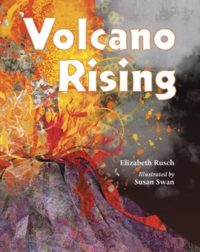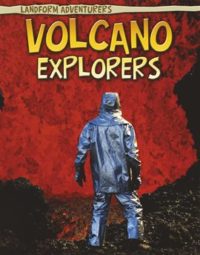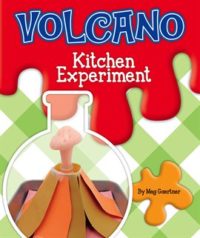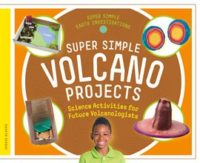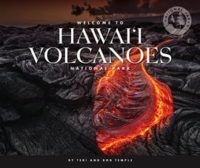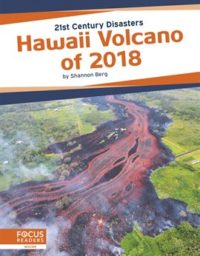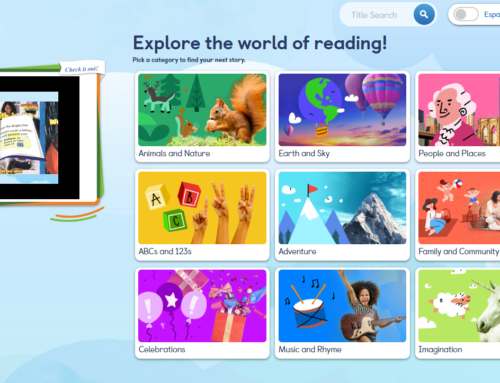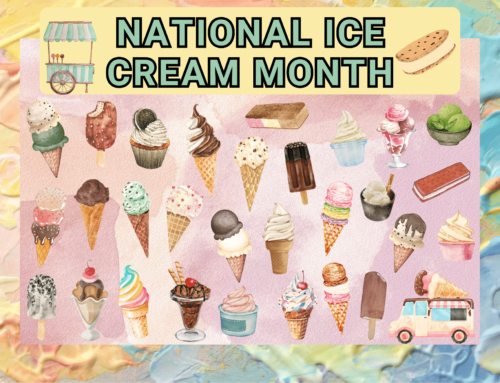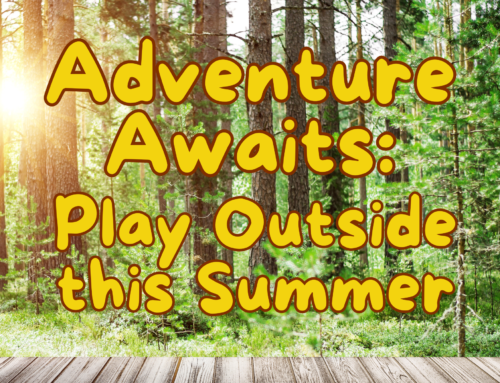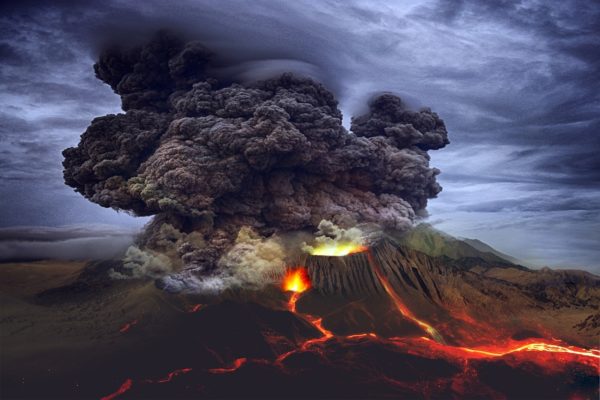
In Hawaiian culture, there are several folktales as to how the islands themselves were created and about the volcano goddess, Pele (nps.gov).
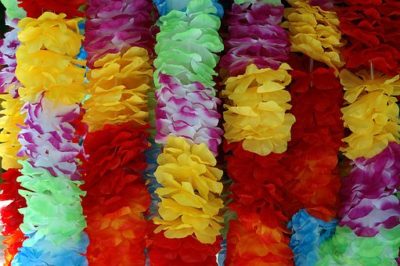
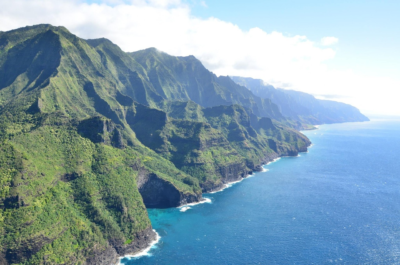
A volcano is a mountain that has a hole in the top and opens down toward magma or molten rock under the earth’s surface. When the pressure builds up, it erupts spewing lava, gases and ash (weatherwizkids).
Where do you see a volcano typically? Well, they occur between meeting points where the earth’s tectonic plates (earth’s surface) meet up. They can also occur over mantle plumes where the rock is super hot in the earth. They can also be found underwater (natgeokids).
Volcanoes are either dormant, active, or extinct. Active means there is some kind of volcanic activity currently happening. Dormant means some activity has happened, but the volcano is quiet and extinct means that the last activity occurred so long ago, that there is very little chance of anything happening. Magma is the hot, molten rock inside of the volcano. When a volcano erupts, it spews lava which can reach over 1250℃! Which means anything in its path will get melted (natgeokids).
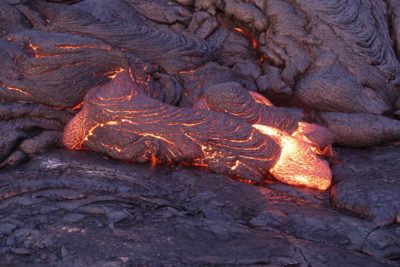
Ever heard of a ring of fire? In this case, we are not talking about your everyday campfire. The Ring of Fire encircles the Pacific Ocean and houses 50% of the world’s active and dormant volcanoes. This ring is also home to 452 volcanoes and where 80% of earthquakes occur (weatherwizkids).
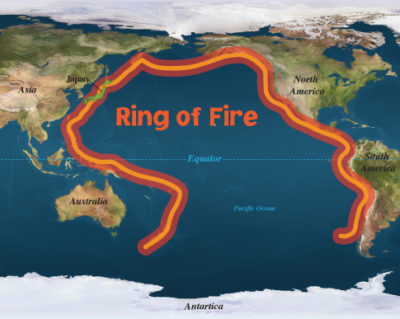
Let’s see if we can cause our own volcanic eruption with the experiment below:
Supplies:
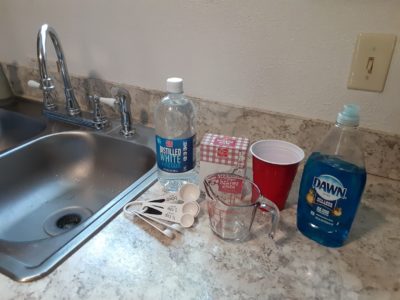
Directions
Step 1: Fill your cup 2/3 full of water.
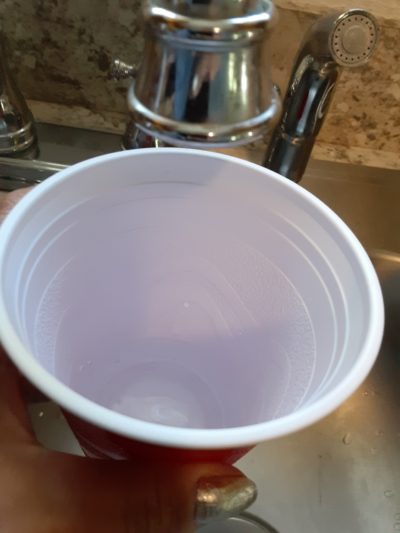
Step 2: Add 3-4 tablespoons of of baking soda.
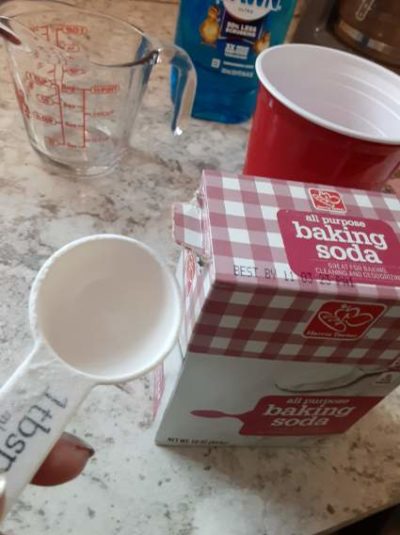
Step 3: Add 1 teaspoon of dish soap.
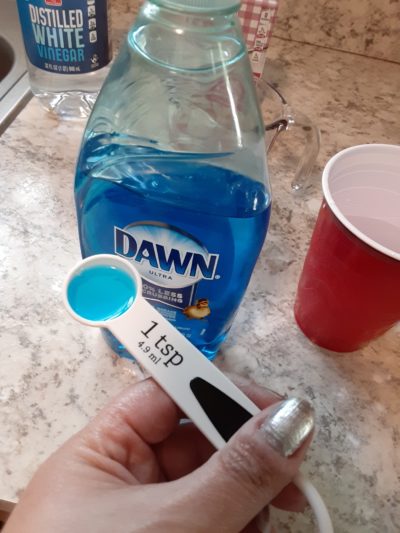
Step 4 : I am sitting the cup on the top of a bin to simulate a volcano, but you can just sit it on the ground, make a mountain out of sand or gravel if you really want to get creative, and sit the cup on top.
Step 5: Measure out 1 cup of vinegar (don’t add this to the cup yet).

Step 6: Give the ingredients in the cup a good stir and then pour in the vinegar until it starts foaming over pouring out like lava.
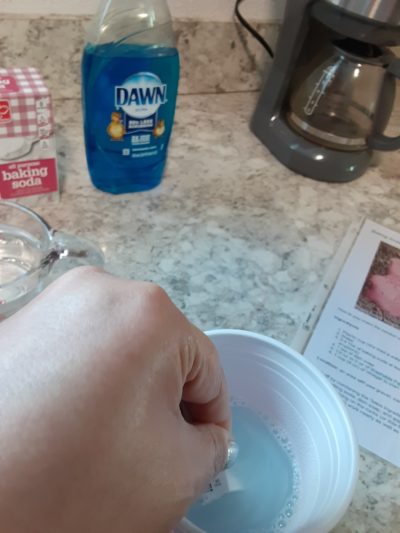
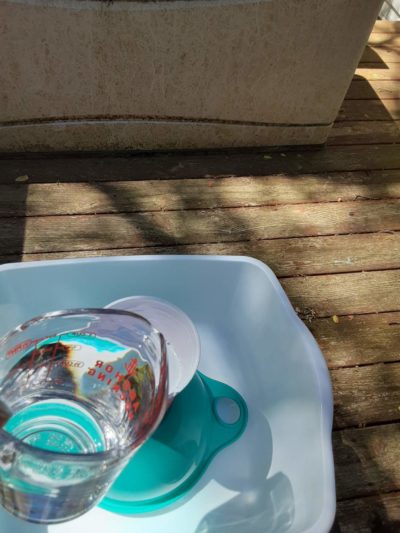
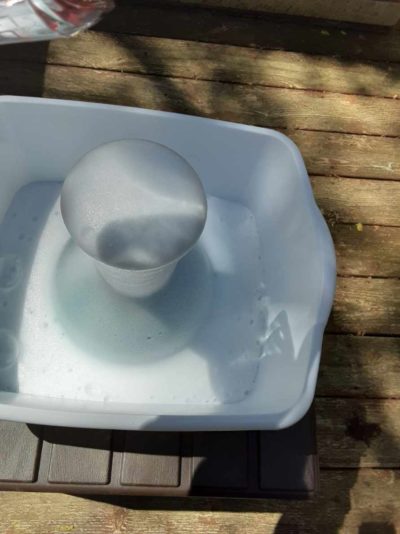
Hoopla E-Books
Volcano Rising by Elizabeth Rusch, Susan Swan
Volcanoes are a scary, catastrophic phenomenon that creates mass destruction as far as its deadly lava can reach, right? Not quite . . . Elizabeth Rusch explores volcanoes in their entirety, explaining how they’re not all as bad as they’re made out to be. Using examples of real volcanoes from around the world, Rusch explains how some volcanoes create new land, mountains, and islands where none existed before, and how the ash helps farmers fertilize their fields. Simple, straight-forward prose provides readers with the basics, while a secondary layer of text delves deeper into the science of volcanoes. Susan Swan’s bright and explosive mixed-media illustrations perfectly complement the subject matter-they depict volcanoes in all their destructive and creative glory. Complete with a glossary and list of further resources, VOLCANO RISING is a unique look at a fierce, yet valuable, scientific process.
Volcano Explorers by Pam Rosenberg
Volcano Explorers teaches readers all about volcanoes and the scientists who go to extremes to study them!
Volcano Kitchen Experiment by Meg Gaertner
Part of the Science Experiments in the Kitchen series
Engage readers with simple step-by-step instructions to create a volcano right in their kitchen. Readers are introduced to basic science concepts such as acids and bases, atoms and molecules, and elements. Additional features include a table of contents, informative sidebars and captions, a phonetic glossary, an index, information about the author, and sources for further research. A kid-friendly science experiment inspires observation and hands-on fun. Is it possible to bounce a raw egg without breaking it? Can something act like both a solid and a liquid? Engage readers in key science concepts using easy and fun science experiments that can be done right in the kitchen. STEM concepts are broken down and explained with simple text, colorful photographs, and step-by-step instructions for completing experiments. Additional features include a table of contents, informative captions, a phonetic glossary, an index, and sources for further research. Readers will enjoy actively participating in the experiments and understanding the science behind how things work. This engaging series is perfect for young scientists!
Super Simple Volcano Projects by Jessie Alkire
Science Activities for Future Volcanologists
Part of the Super Simple Earth Investigations series
Read all about volcanology in Super Simple Volcano Projects. Kids will learn about different kinds of volcanoes and how they form. Discover how scientists study volcanoes and try to predict when they will erupt. Then, build an erupting volcano, create a volcano landscape, and more. Each project has color photos and easy‑to‑follow instructions. Aligned to Common Core Standards and correlated to state standards. Applied to STEM Concepts of Learning Principles. Super Sandcastle is an imprint of Abdo Publishing, a division of ABDO.
Welcome To Hawai’i Volcanoes National Park by Teri Temple, Bob Temple
Part of the National Parks series
A tour through Hawai’i Volcanoes National Park introduces the park’s flora, fauna, topography, history, weather, and attractions. Kilauea, Mauna Loa, Crater Rim Drive, Captain Cook, and Polynesian influences are all discussed, including the legend of Pele. Additional features to aid in comprehension include a table of contents, informative captions and sidebars, detailed maps, map legends, a phonetic glossary, sources for further research, and an index. America’s national parks preserve some of our country’s most unusual and beloved natural wonders. Our National Parks series gives readers the opportunity to discover each park as if they were visiting it in person–taking a guided tour from one end of the park to the other, with important landmarks, plants, animals, and historical highlights called out at every turn. Additional features to aid comprehension include a fast facts section, detailed maps, highly informative sidebars, a phonetic glossary, an index, an introduction to the author, and sources for further research.
Hawaii Volcano Of 2018 by Shannon Berg
Part of the 21st Century Disasters series
This book explores the cause, impact, and aftermath of the volcano that erupted in Hawaii in 2018. Easy-to-read text, compelling photos, and a simple timeline give readers an age-appropriate look at how people prepare for and respond to volcanoes.

